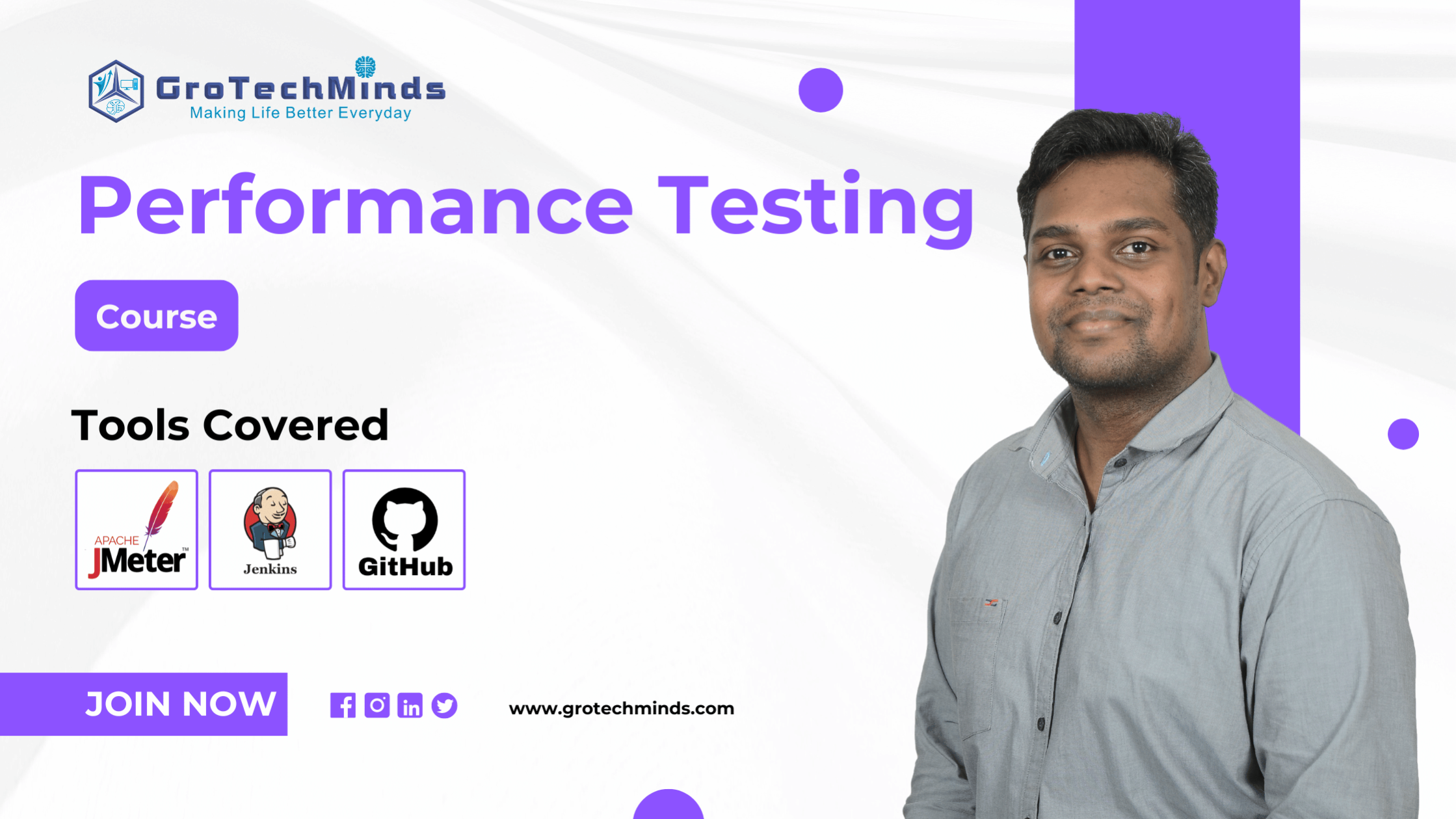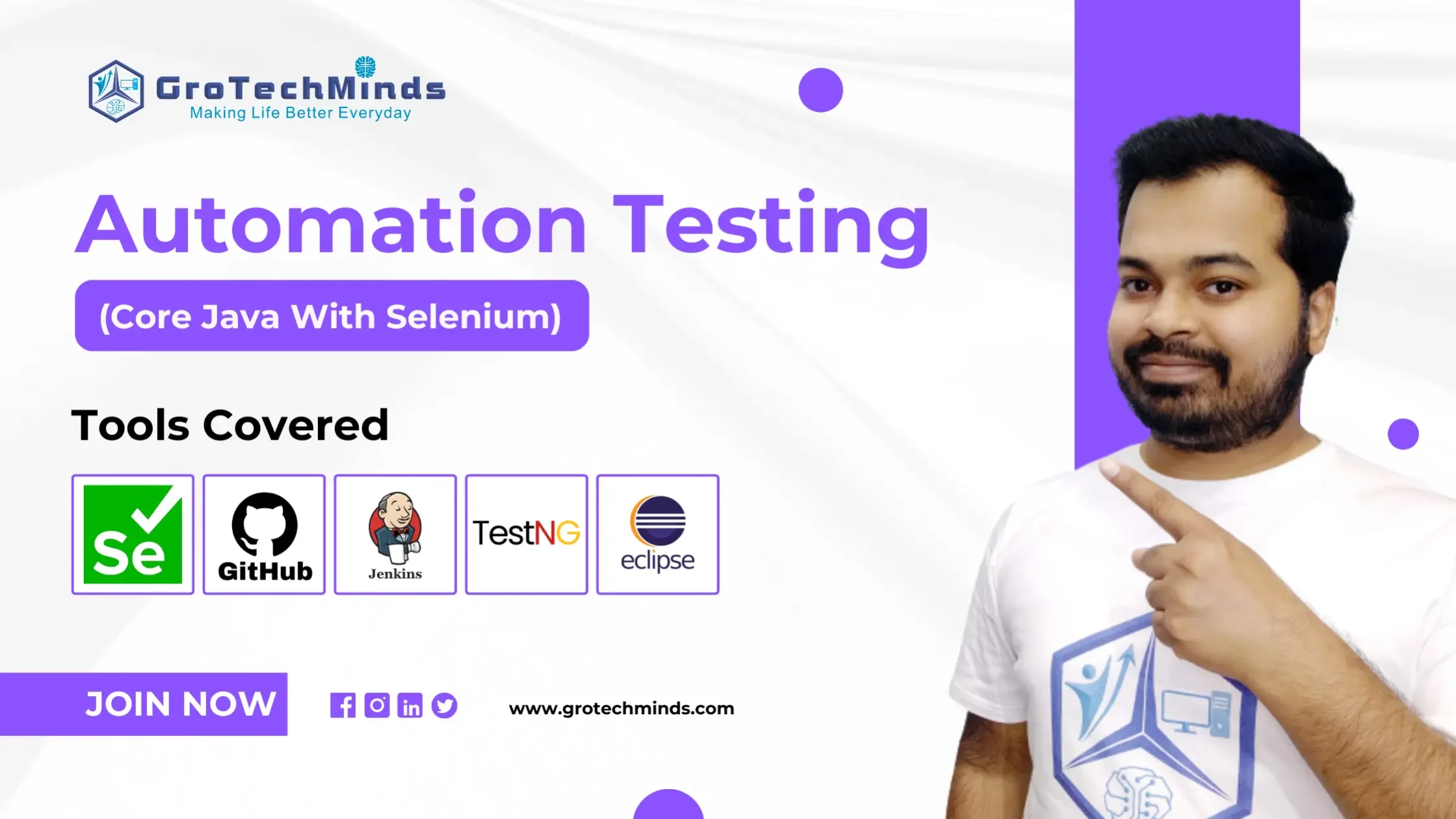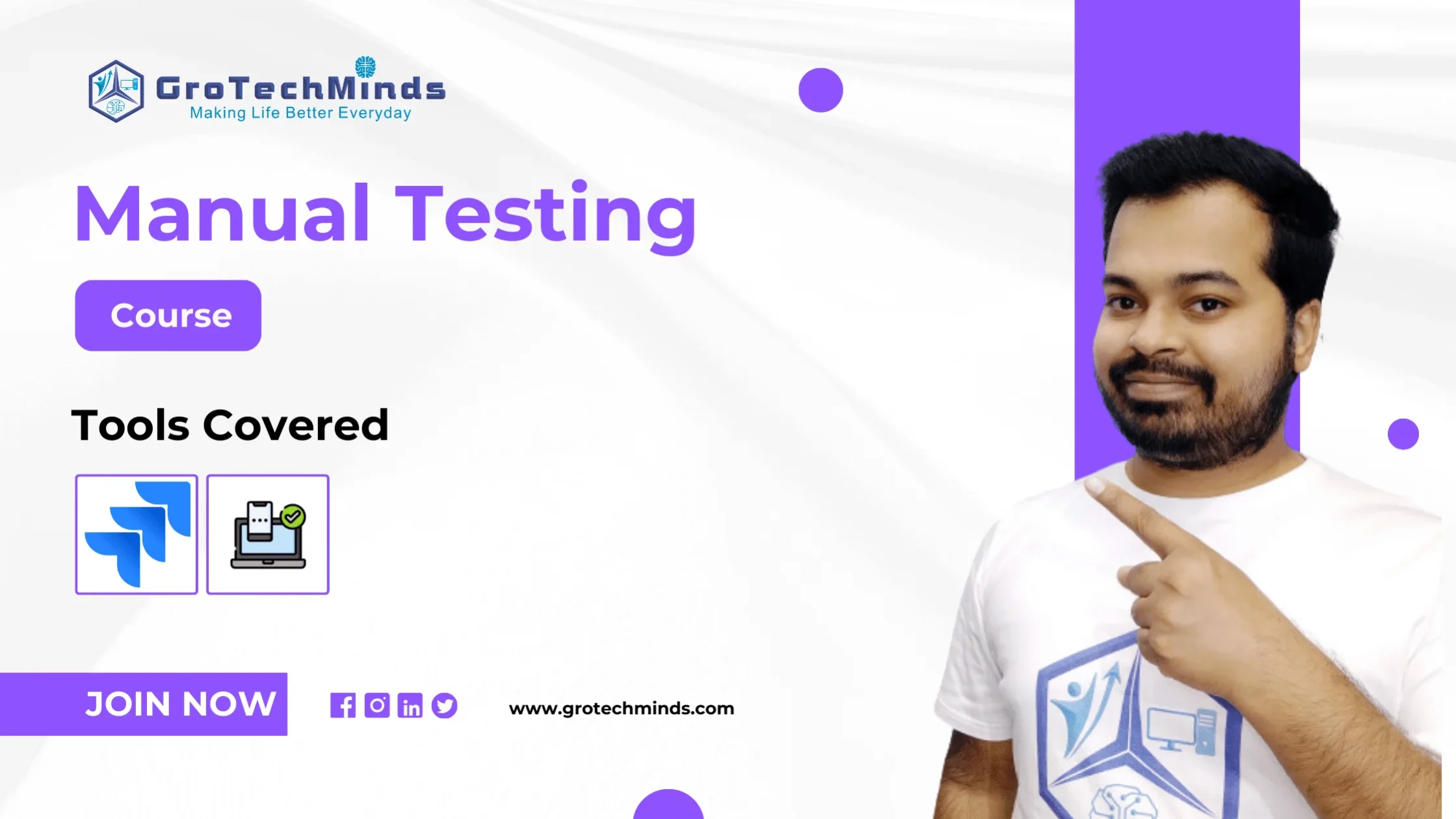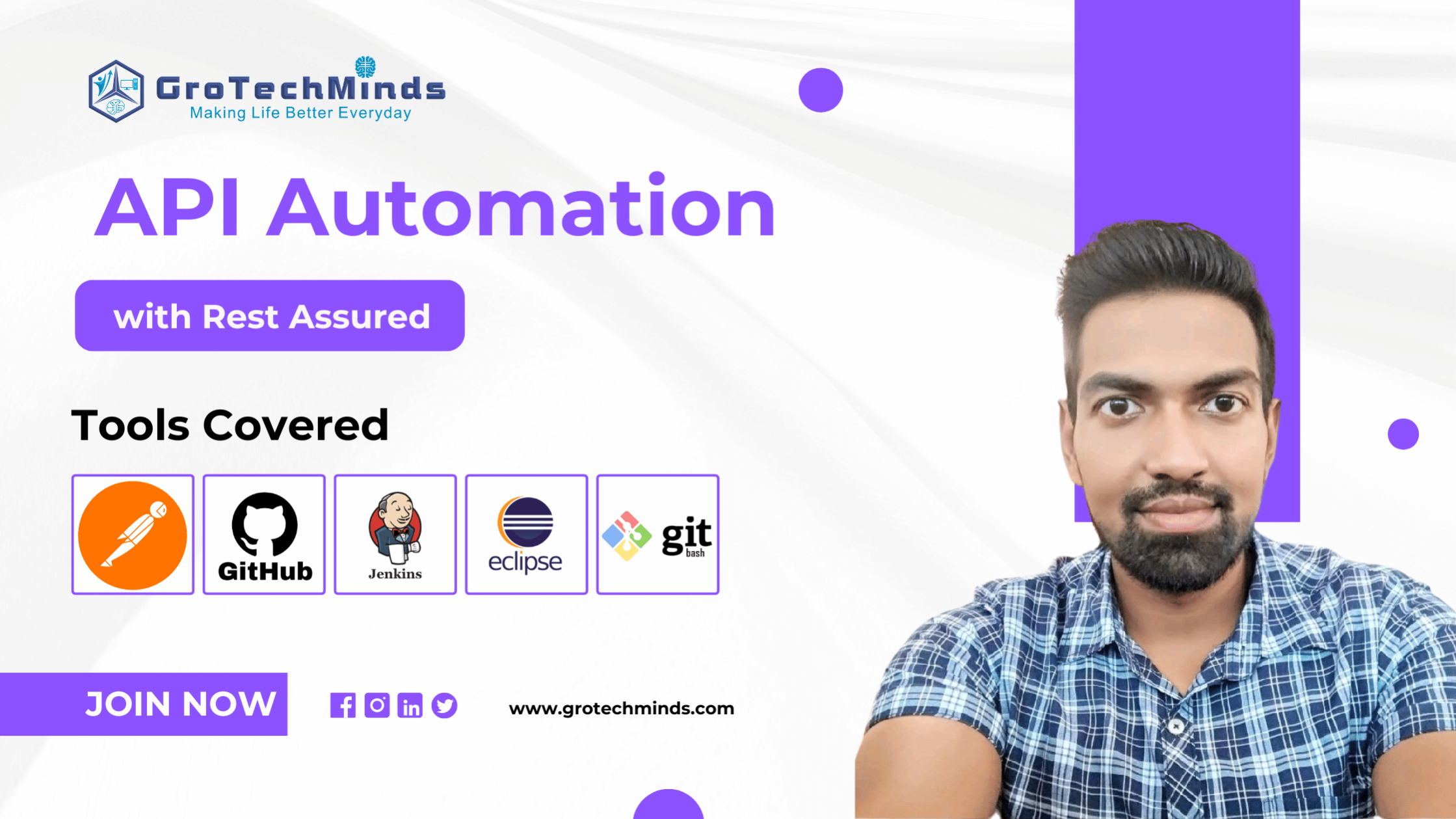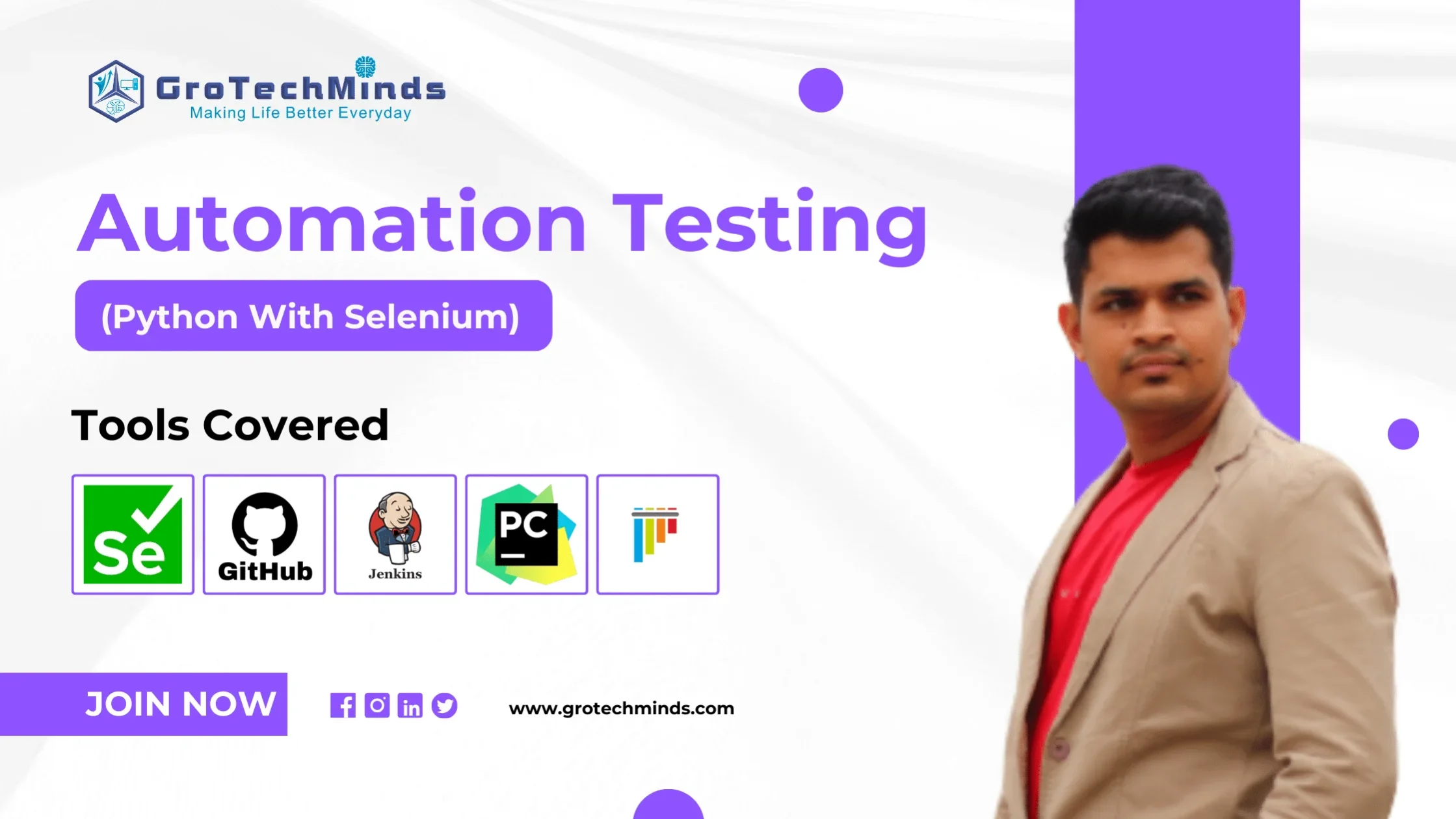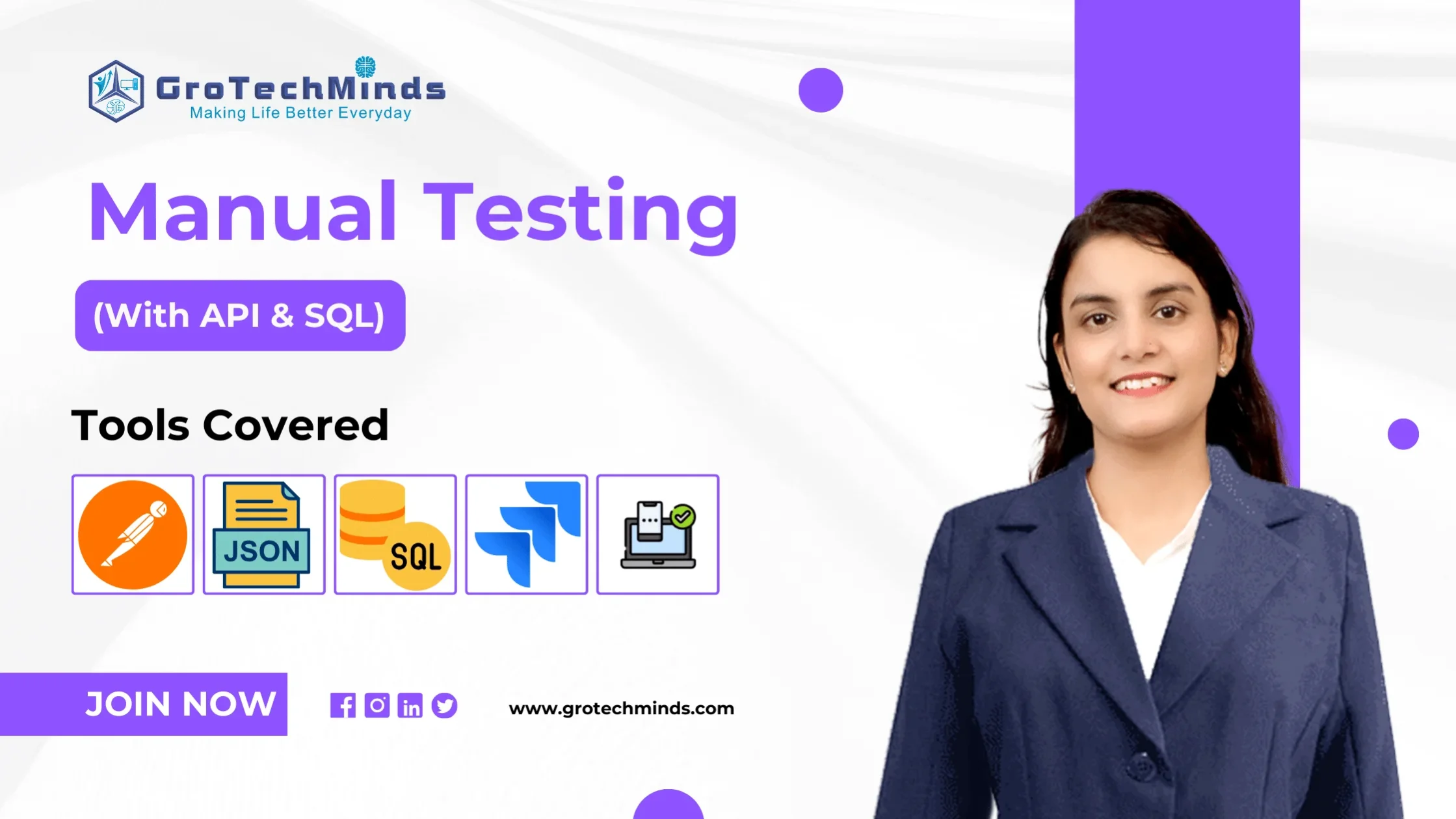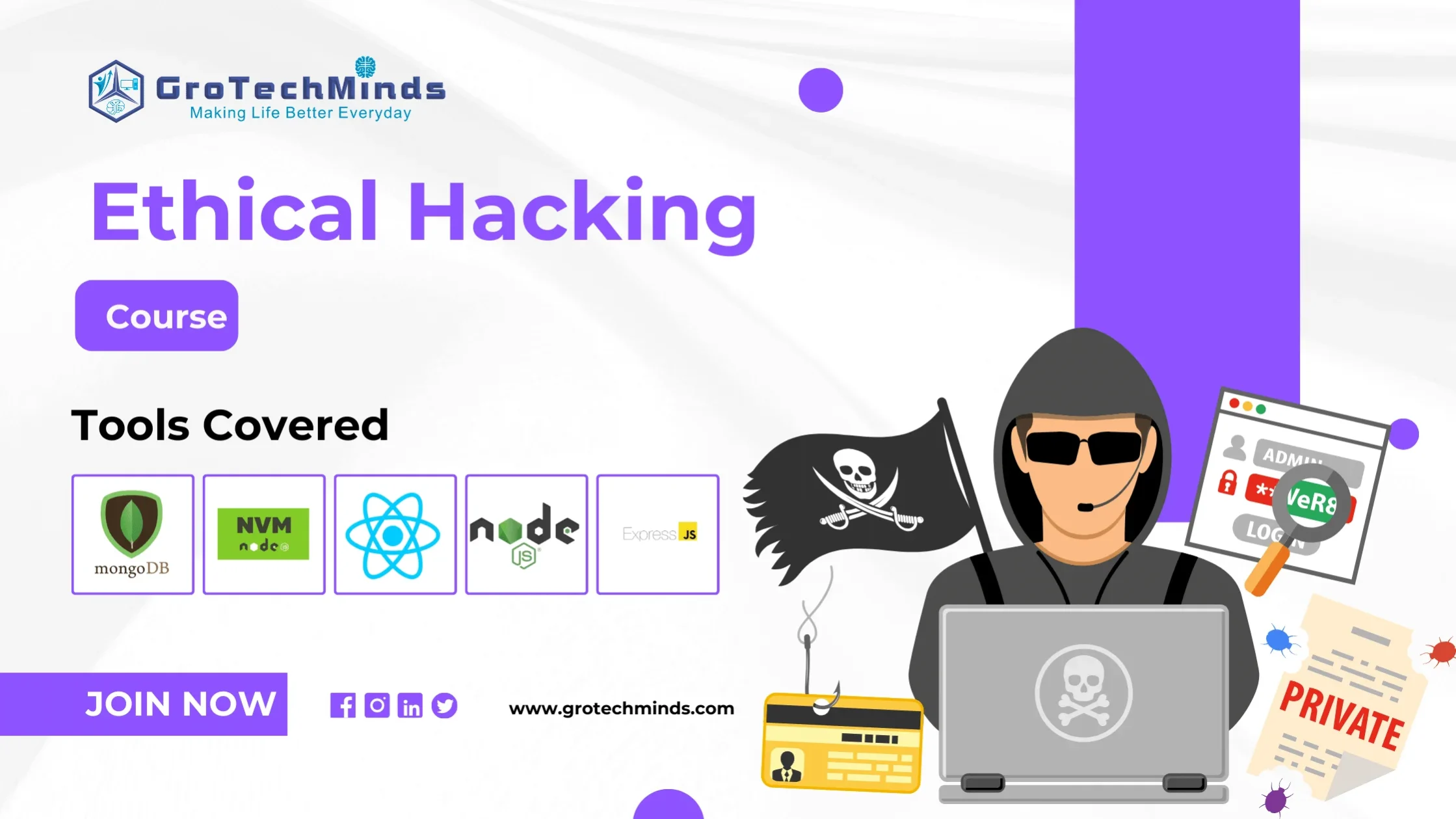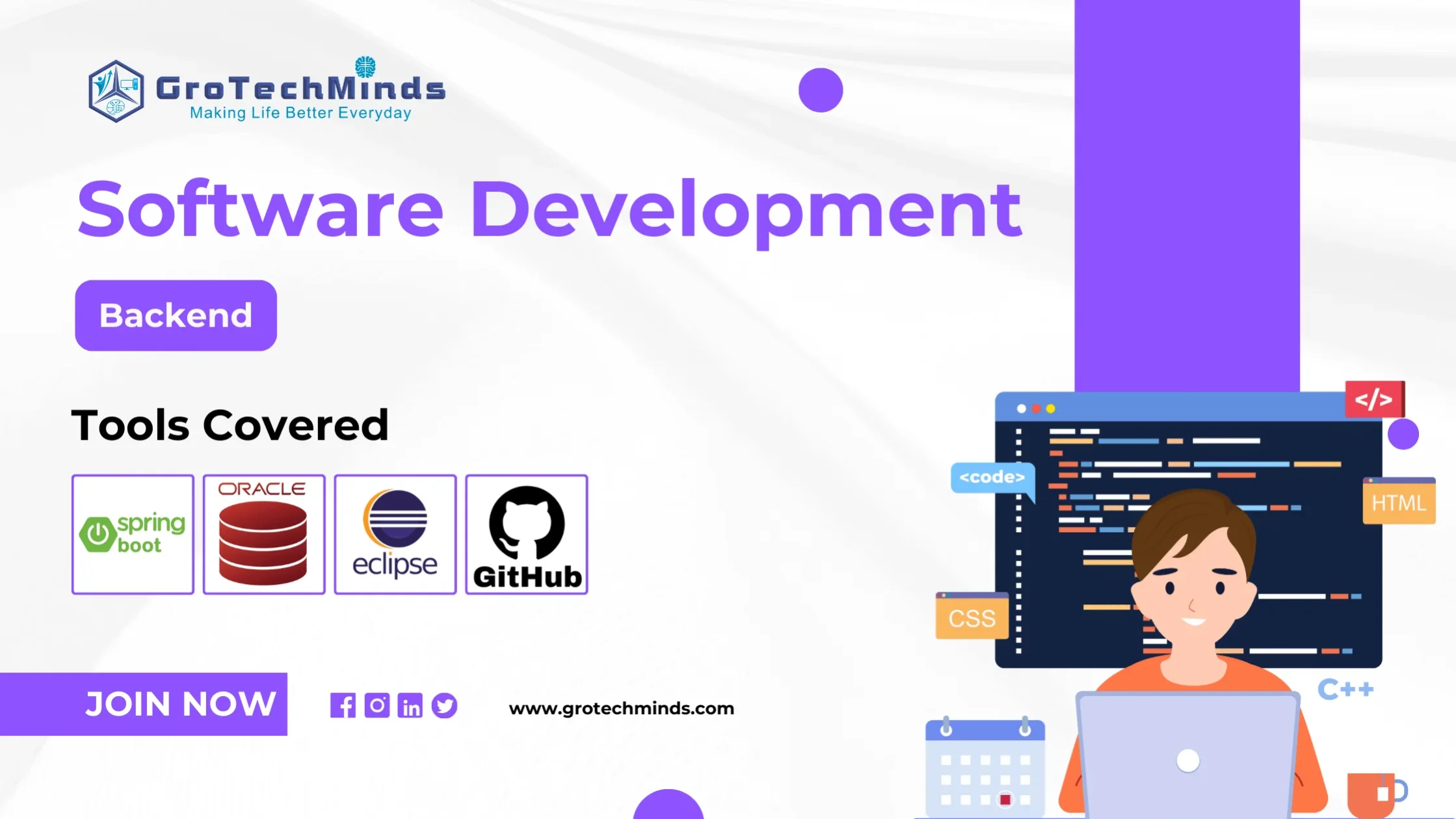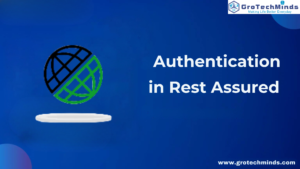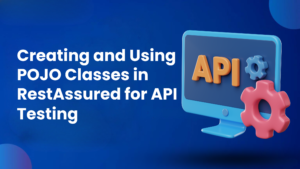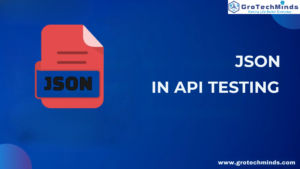
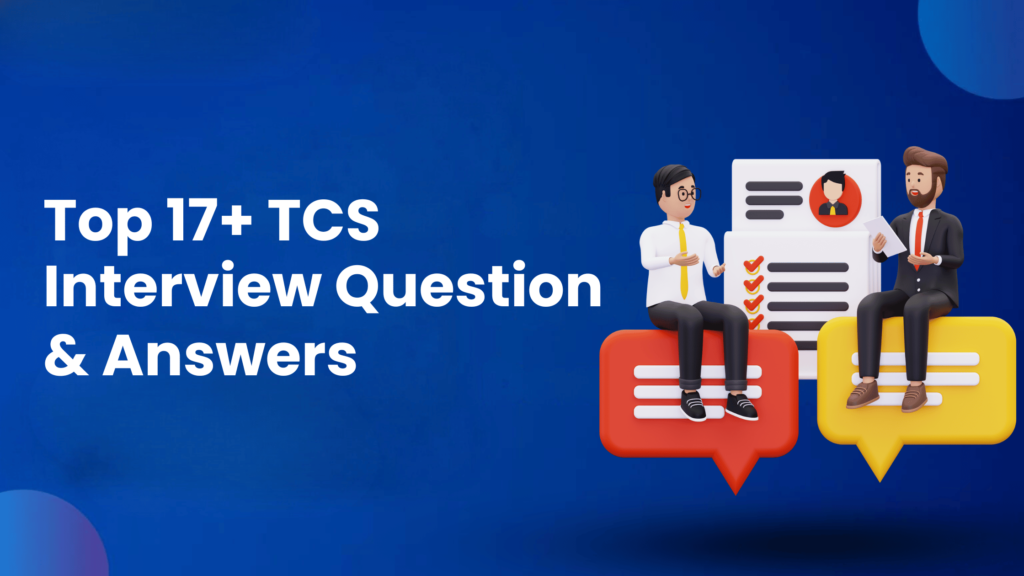
Top 17+ TCS Interview Questions and Answers for 2024
Q1. What are the scenarios of the login page?
Answer:
Test Scenarios for login Page
- Test Scenario 1: Verify that a user can log in with valid credentials.
- Test Scenario 1: Verify that a user cannot log in with invalid credentials.
- Test Scenario 3: Verify that the login form cannot be submitted with empty fields.
- Test Scenario 4: Verify that the password field masks the input.
- Test Scenario 5: Verify that the “Forgot Password” link navigates to the password recovery page.
- Test Scenario 6: Verify that the “Remember Me” checkbox retains the user’s login information.
- Test Scenario 7: Verify that the account is locked after a certain number of failed login attempts.
- Test Scenario 8: Verify that the login page works correctly across different web browsers.
- Test Scenario 9: Verify that the session expires after a period of inactivity.
- Test Scenario 10: Verify that appropriate error messages are displayed for different error scenarios (e.g., incorrect password, user not found).
Q2. What is Regression Testing?
Answer:
Regression testing is a type of software testing that ensures that new changes in the software(It can be adding a new feature, removing a feature, bug fixes, or any code modification ) by the developer is not impact the unchanged feature of the application.
Q3. What is Retesting?
Answer:
Retesting is done to make sure the fixed bug is working fine as per the customer’s requirement.
- This can be done by both developers as well as Testers
- Takes very less time
- Retesting should be done manually
- The scope of ReTesting is less
Q4. What is Dynamic testing?
Answer:
- Performed at the later stage of the development.
- Here we execute the software
- The cost of fixing the issue is more.
- We do this to find bugs.
- We do this after the build is ready.
- Examples: Component Testing, Integration Testing, System Testing etc
- This can be done by both the developer and the tester but it is tester’s responsibility.
Q5. What is positive and negative testing?
Answer:
Positive Testing
- It will be performed as per the requirements.
- It will be done first
- It doesn’t cover all possible test cases.
- It takes less time.
- It can be done by anyone in the testing team.
- Negative Testing
- It will not be performed as per the requirements.
- It will be done later.
- It can help us to cover more possible test cases.
- It takes more time.
- It will be done by professionals or experienced testers.
Q6. What is software Testing?
Answer:
Testing the functionality or behavior of the application according to the customer’s requirement is called Software Testing.
Q7. What is stress testing?
Answer:
Stress testing is a type of performance testing where we determine the stability and response time of the application by applying load.
Q8.What is manual testing?
Answer:
Testing the functionality or behavior of the application manually according to the customer’s requirement is called Manual Testing.
Q9. What is the differnce between functional testing and non-functional testing?
Answer:
- Testing the functionality of the application is called functional testing. Testing the stability, response time, reliability, compatibility, and recovery is called non-functional testing.
- Examples of functional testing are Component testing, Integration testing, System testing, Acceptance testing, Retesting, Regression testing, and Smoke testing. Examples of non-functional testing are performance testing, recovery testing, Reliable testing, and Compatibility testing.
- We will do functional testing before non-functional testing. We will do non-functional testing after functional testing.
- It is mandatory to do functional testing. It is optional to do non-functional testing in some companies.
- Function testing is as per customer requirement whereas non-functional testing is for customer expectation.
Q10. What is the difference between bug leakage and bug release?
Answer:
Bug leakage: – Any bug that has been leaked from the testing environment to the production environment or a bug that is still present in the software even after testing by the tester is unfound, and it happens unintentionally but is identified by the customer is called a Bug leakage.
Bug Release: – Any bug that is released by the tester intentionally or the bug that is known to the tester even though it is released with the software/application is called a Bug Release.
Q11. Explain the principles of Software Testing.
Answer:
- We should start the testing at a very early phase like reviewing CRS, SRS etc.
- We should test the software to find the defect.
- It is highly impossible to give the product error-free.
- We should not do exhaustive testing.
- Testing on context-based.
- Followed the pesticide paradox.
- We should follow the concept of defect clustering.
Q12. Explain STLC.
Answer:
The software test life cycle(STLC) is a step-by-step procedure to get a quality software/application with no high priority/high severity defects. The steps involved are:
- Understanding the Requirement
- Identify all the scenarios
- Document all the scenario
- Prepare the test cases and scenarios for the requirement.
- Send it for review
- Receive review comment
- Provide review comment
- Send it for approval
- Store in the test case repository
- Prepare the traceability matrix
- Send it for execution
- Defect tracking
- Prepare a test case report.
- Sprint retrospective meeting/project closure meeting/post-mortem meeting.
Q13. What are the waterfall model and v-model?
Answer:
Waterfall Model
Waterfall models are for those projects where backtracking of requirements is not possible here the applications have fewer modules, the requirement is small, no need to change the requirements. It is for such type of application where the customer is sure what they need. In this waterfall model, the phases do not overlap.it is mostly used by service-based companies (SBC).
Advantages of the Waterfall Model
- The chances of finding bugs are less.
- Time consumption and money involvement are less.
Disadvantages of the Waterfall Model
- In any case requirement change is not possible once it is frozen it is not possible to change or add anything.
- It is difficult to measure progress within stages.
Verification and Validation Model(V &V)
To overcome the drawbacks of the waterfall model and the spiral model we choose the V & V model. Converting CRS to the SRS to the HLD to the LLD is called verification. Testing the functionality of an application by executing the test cases is called validation. In the V & V model execution of processes happens sequentially because the next phase starts after the completion of the previous phase. In this model each development phase is associated with the testing phase in the reverse manner, for this reason, it makes a V-shape.
Advantages of the V & V Model
- The quality of the application is robust as the developer and tester work together parallel chances of finding bugs at later stages are less.
- Verification is done first and validation is done later finding bugs at later stages of development is less.
Disadvantages of the V & V Model
- Cost involvement is high.
- Time consumption is high.
Q14. What is black box and white box testing?
Answer:
Black box Testing
Testing the application without looking at the code.
- Testers or end users/customers do this.
- To do this testing testers follow some techniques like Equivalence class partitioning, Boundary value analysis, etc.
- The name of this testing is black because the code will not be visible.
White Box Testing
- Testing each line of the code is called white box testing.
- Developers do this.
- To do this testing developers use some techniques like Path Testing, Code Coverage, etc.
- The name of this testing is white because the code will be visible.
Q15. Difference between white box testing and black box testing?
Answer:
Black box Testing
- Testing the application without looking at the code.
- Testers or end users/customers do this.
- To do this testing testers follow some techniques like Equivalence class partitioning, Boundary value analysis, etc.
- The name of this testing is black because the code will not be visible.
White Box Testing
- Testing each line of the code is called white box testing.
- Developers do this.
- To do this testing developers use some techniques like Path Testing, Code Coverage, etc.
- The name of this testing is white because the code will be visible.
Q16. Can you explain verification and validation?
Answer:
Verification
- Verifying CRS, SRS, HLD & LLD and to check whether it is according to the requirement or not is called as Verification
- The following activities are involved in Verification: Reviews, Meetings, and Inspections.
- Execution of code does not come under Verification.
- Verification is carried out before the Validation.
- The following items are evaluated during Verification: Plans, Requirement Specifications, Design Specifications, Code, Test Cases, etc.
- The cost of errors caught in Verification is less than errors found in Validation.
- Done by Developer.
Validation
- Testing the functionality of an application by executing test cases is called Validation.
- The following activities are involved in Validation: Testing like Black box testing and all functional and non-functional testing.
- Execution of code comes under Validation.
- Validation activity is carried out just after the Verification.
- The following item is evaluated during Validation: Actual product or Software under test.
- The cost of errors caught in Validation is more than errors found in Verification.
- Done by Tester.
Q17. What is SDLC and STLC?
Answer:
The software development life cycle(SDLC) is the step-by-step procedure to develop an application. In this, we have 7 stages i.e. Requirement collection, Feasible study, Design, Coding, Testing, Release, Maintenance
Requirement Collection – This is done by a business analyst. This customer gives the requirement to a business analyst. Business analysts collect the requirements come back to the company and explain the requirements to their tech team
Feasible Study – This is done by a group of 3 members that is HR head, Tech head, and Finance head. In this, we are going to decide whether to take up the project or not.
a) HR head: The HR head will think from the human resource point of You. Whether we have enough manpower to develop an application. If we have then he will take up the project. If not then he will think about whether we have the time to hire them. If possible then he will take up the project.
b) Tech Head: He will think from the technology point of view Whether it is possible to develop the project in technology-wise.
c) Finance Head: He will think from the money point of you because at the end of the project, the company gets the profit or loss. If getting profit then he takes up the project if not then he rejects the project.
Design – It is done by the Architect. This requirement is divided into two parts, HLD and LLD. In this architecture we will decide how many APIs should develop and for that API how many authentications we need to develop. He also decides where to use interfaces, abstract classes, and abstract methods. He also decides which API should be developed first.
Coding – By seeing the LLD developer will start writing the coding.
Testing – Then the tester will do the testing.
Release – After testing software will be released. This is done by the IT team, if not then it is done by the support team, if not the DevOps team, and if not field engineer.
Maintenance – After release Maintenance face will start.
SDLC is required to develop an application, if SDLC is not there then it is not possible to develop an application
The software test life cycle(STLC) consists of the following steps
- Understanding of Requirement
- Preparing the test plan
- Identifying test scenarios
- Documenting test scenarios
- Send it for review
- Reviewing and giving review comments
- Receiving review comments and fixing it
- Sending it for approval
- Storing it in the Test case repository
- Prepare a Traceability matrix
- Execution of test case
- Bug/ Defect tracking
- Release of application
- Sprint Retrospective meeting
Also read:
Consult Us


